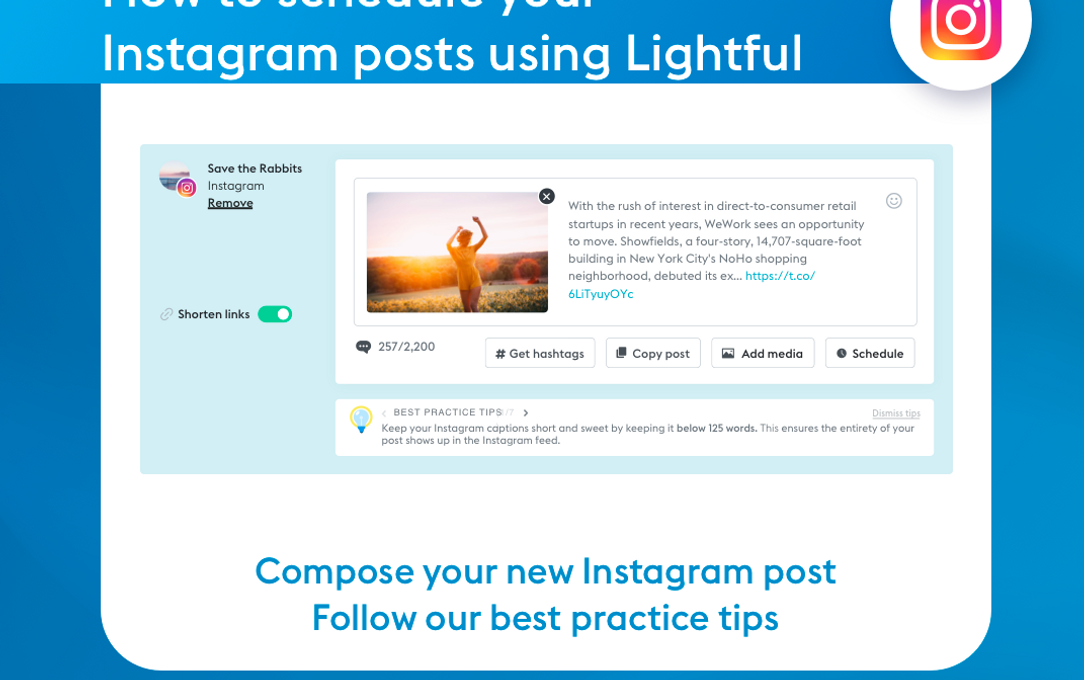How to set SMART goals for social media

We’ve said many times that every organisation, no matter how big or small, should have a social media strategy. This is so that you can see whether you’re successfully reaching and engaging with your audience. A strategy doesn’t need to be a big scary document – it can simply be a page or two that sets out your goals, how you’ll achieve them and then what metrics you have in place to measure success.
This is where SMART goals for social media come handy.
What is a SMART goal?
SMART stands for:
S – specific
M – measurable
A – achievable
R – realistic
T – timebound
When setting goals it’s important to link them back to your organisational goals and to make them SMART. It’s not enough to just say, “We want to increase our Twitter followers.” How much do you want to increase them by and in what timeframe? What tactics will you use to increase them and how will you measure your success? This is where SMART goals are really useful.
Here’s an example:
One of your charity’s organisational goals is to increase voluntary income by 10% in the next financial year. How can social media help towards this goal?
Goal 1: Increase voluntary income by 1% in 12 months through social media
Specific: Social media will help to raise 1% of voluntary income.
Measurable: We will set up goals in Google Analytics to track any donations via social media.
Achievable: It would not be possible to achieve a 10% increase in fundraising via social media but 1% is achievable.
Realistic: Given the goal is only 1% and there is a year to achieve it, it is a realistic goal.
Timebound: we have one year to achieve this goal.
Goal 2: Create a two week campaign over Christmas to raise £1,000 via social media
Specific: The campaign will run over two weeks during the Christmas period and the target is £1,000.
Measurable: We will set up a landing page where we can track any donations via social media. We will also create platform-specific Google UTM codes to measure where traffic is coming from.
Achievable: We have a strong following on social media and our campaign will use storytelling to create engagement. The £1,000 target is achievable and we have the resource to create the content, set up the landing page and track donations.
Realistic: We are giving ourselves two months to plan the campaign so it is a realistic goal.
Timebound: We have two months to create the campaign and the campaign will run for two weeks.
Can you see how detailed a SMART goal is as opposed to just a goal? Whilst SMART goals are essential for your social media strategy, they can also be used for specific campaigns too. Here’s another useful post on how to build a social strategy.
Latest articles

In a world of growing uncertainty, small and local non-profit organisations often find themselves with competing priorities and struggle to plan how to allocate their available resources. Despite the increasing demand for their vital work, they are not always able to allocate the funds they receive to strategic planning and future growth.

As the world becomes more digitally-focused, it’s essential for nonprofits to have a digital presence. With more and more options for online engagement, we know that this can be challenging for nonprofits to tackle. But, we also know that it is a huge opportunity to increase audience engagement, awareness and fundraising. To help nonprofits navigate this, we’re going to explore the “whys” and “hows” of creating a nonprofit digital strategy. We’re even providing a free digital strategy canvas to help nonprofits improve their online presence in just a few steps.
Related posts

Facebook recently announced that they are removing Facebook Analytics. Facebook Analytics was a tool that allowed individuals to see how their Facebook followers were interacting with their pages and content. As of June 2021, it is no longer available, but what does this mean for your organisation and your social media data?

Instagram is a visual channel that helps you build an engaged community of people who are following your cause.
See who we help
Contact us
Want to learn more?
Email Jonathan and start a conversation





